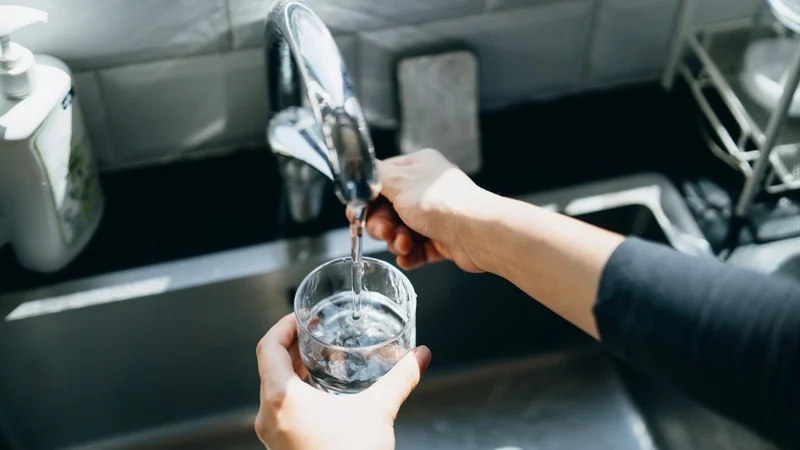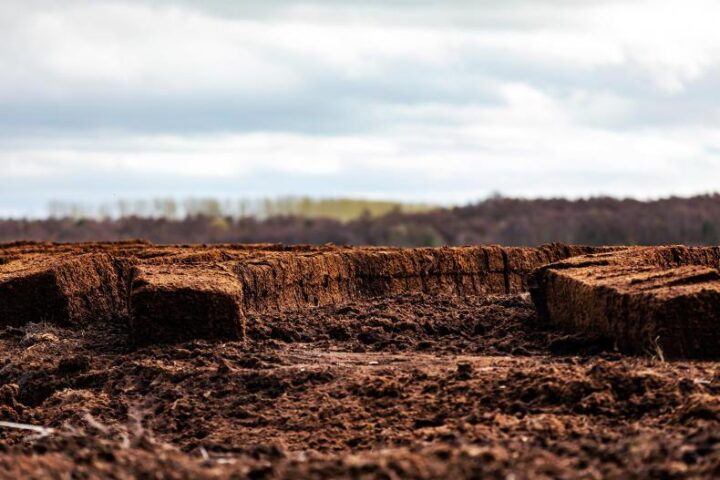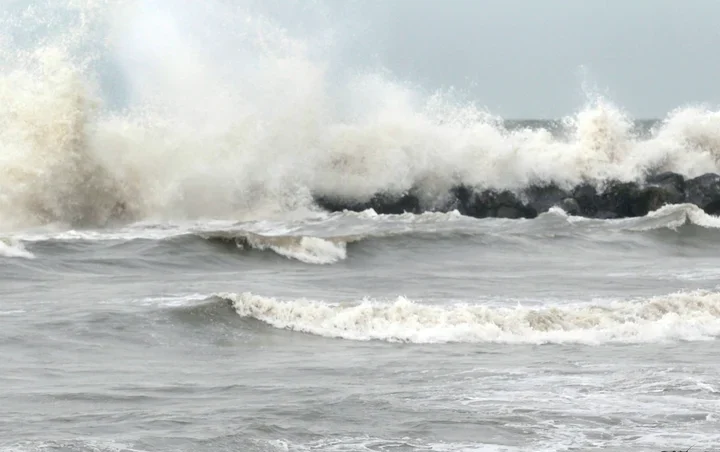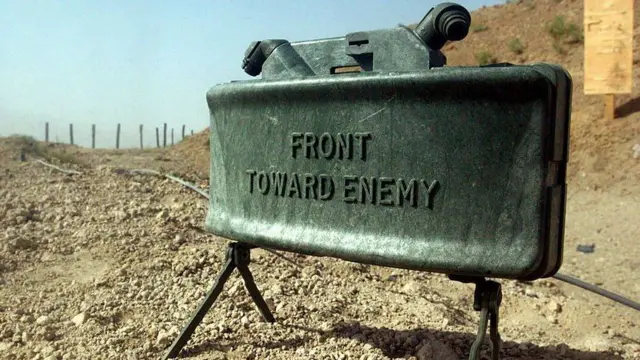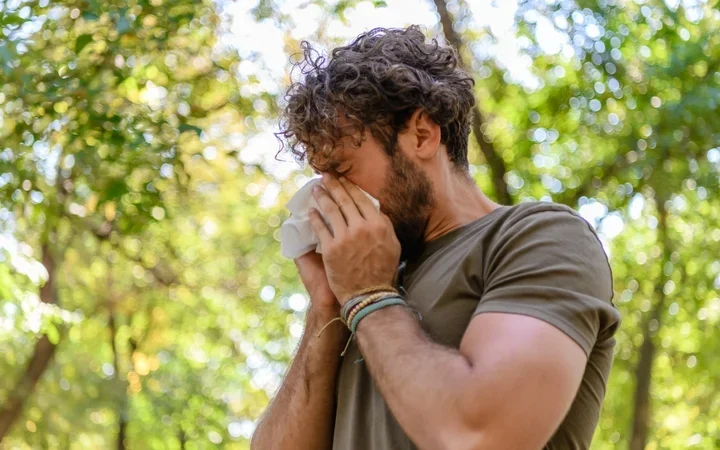The Environmental Protection Agency (EPA) has described as “at risk” 45 public water supplies which serve almost half a million people.
The EPA said the quality of these supplies must improve to safeguard public health.
The assessment is included in an EPA report which found that water from the vast majority of public supplies was safe to drink
Its latest report showed 99.8% of samples complied with bacterial and chemical standards.
However, it warned that supplies to almost half a million people are at risk of disruption because the treatment in 45 supplies is not robust and requires remedial action.
This includes significant treatment upgrades and investment to safeguard public health.
These supplies, which it says are neither robust nor resilient, include drinking water for 115,000 people in Limerick city, 81,000 people in Co Kildare, 46,000 from one supply in Co Louth, 23,000 in Glashaboy, Co Cork, and almost 21,000 people in Wexford town.
The EPA highlights that seven water supplies have been on the remedial action list for more than two years, yet no completion date has yet been provided for the work that must be urgently done.

In addition, 24 water restriction orders were imposed last year affecting 21,000 people, while another 95,000 were impacted by boil water notices.
Every day, Uisce Éireann supplies treated drinking water directly to about four million people from public supplies, and indirectly to many more through group water schemes.
Last year 7,500 samples were taken and rigorously tested for contamination by microbes, bacteria, and chemicals which can make people sick.
The report notes that Uisce Éireann is making progress in areas like disinfection and the completion of drinking water safety plans.
The number of supplies on the remedial action list was down 21% last year.
The number of boil water notices was down 35%, while the numbers impacted was down 63%.
Director for the EPA’s Office of Radiation Protection and Environmental Monitoring Dr Micheál Lehane said long-term sustained investment in water service infrastructure is needed to provide the necessary drinking water resilience into the future.
Lead pipe risk
The report also says that progress on removing lead pipes and connections from the water supply is far too slow.
Only 37% of public-sided lead connections have so far been removed, and the EPA says, at the current rate, Uisce Éireann will not meet its commitment to remove these by 2026.
It says the delays by the Department of Housing and the Department of Health in publishing a plan on lead replacement in public buildings, and the required progress report, means nobody knows how many public buildings, such as hospitals, schools and government offices, have unsafe levels of lead in their drinking water.
“Lead in our drinking water is a cumulative risk to human health and must be removed from our supply network,” EPA Programme Manager Noel Byrne said.
“The risk is greatest for young children, infants and babies in the womb.
“Despite Ireland having a National Lead Strategy in place since 2015, progress to date has been far too slow.
“The legal limit for lead in our drinking water will halve in 2036. Much greater focus is needed by Government Departments and Uisce Éireann to remove lead from the supply network and public buildings.”
Mr Byrne said the EPA welcomes a commitment by the Department of Housing, Local Government and Heritage to review progress on the National Lead Strategy in 2025.
Uisce Éireann welcomed the EPA’s report.
It said the exceptionally high water standards confirmed by the EPA reflects sustained investment and operational improvements in treatment plants across the country.

The public utility operates over 700 water treatment plants and invested over €1.3 billion last year upgrading its plants and networks nationwide.
Dr Patrick O’Sullivan, Drinking Water Compliance Senior Manager, said the report recognises the progress made in monitoring, testing, and safeguarding water quality.
“Where risks are identified, we act swiftly, issuing temporary Boil Water Notices or Do Not Consume Notices to protect public health,” he said.
Uisce Éireann said the total number of boil water notices issued in 2024 was approximately half that of 2023.
It added that over the course of the year, 37 boil water notices were lifted, restoring safe water to 91,929 people.
Only five long-term notices remained in place at the end of 2024, and over 72% of Boil Water Notices imposed in 2024 were rectified within 30 days.
Key drinking water infrastructure projects completed included upgrades at Clara/Ferbane, Nenagh, and Thurles, with works also completed at Saggart reservoir in Co Dublin and Windmill Hill in Co Meath to improve resilience and security of supply.
The National Disinfection Programme saw a further 27 sites upgraded in 2024, bringing to 405 the number of plants at which disinfection works have now been completed.
Uisce Éireann’s National Operations Management Centre now monitors alarms at 517 of water treatment plants, covering a population of approximately 3.8 million people.
